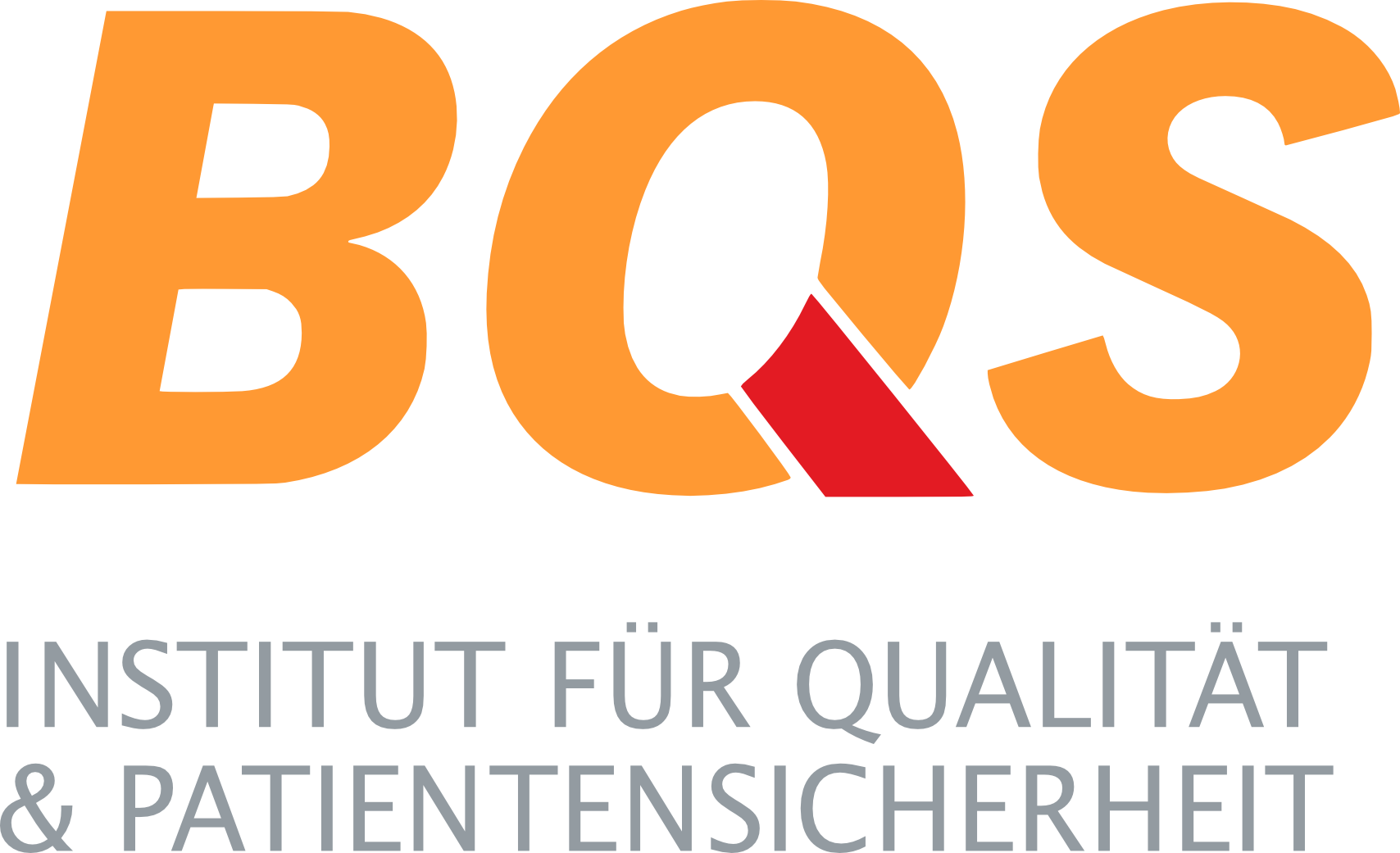Patient-Reported Experience Measures (PREMs)
Several trends are currently converging in the quality assurance implemented by the G-BA. Increasingly, the G-BA is relying on new QA tools and new data sources. In addition to the §136 data, these include cash register data, random inspections, facility surveys and patient surveys. The attempt by legislature to implement the political will for direct control of quality is noticeable. However, active implementation is still the responsibility of the service providers. The G-BA's guideline on basic requirements for internal quality management for hospitals, among others, also defines the framework for implementation. Hospitals have been working on this for a long time and have set up departments for quality and risk management. These are used to continuously measure care processes and, if necessary, lead them into a sustainable improvement process.
Here, the outcome framework for improving quality of care can be roughly interpreted into clinical effectiveness, (patient) safety and patient experience.
In the area of measuring (patient) safety and patient experience, there is an increasing number of survey instruments that are used to measure patients' perceptions and to incorporate the results collected into the improvement process. However, not every instrument meets the standards required by law (see Methodological Principles; Institute for Quality Assurance and Transparency in Health Care IQTiG). Therefore, an undesired deviation in the results cannot be excluded.
Measuring the patient experience
Patient experience questionnaires, Patient-Reported Experience Measures (PREMs) collect information about the patient experience on a past treatment. They are one of the indicators of quality of patient care, but do not measure it directly. Unlike PROMs (Patient-Reported Outcomes Measures), PREMs do not examine the outcomes of medical care, but rather the impact of the care process on the patient's experience, for example, communication or even support in the care process. They differ from satisfaction surveys in that objective patient experiences are reported and subjective views can no longer be reported.
The data collected helps to improve and focus patient-centered clinical management, but also provides important feedback to clinics to enable comparisons in clinical care.
- Patient-Reported Experience Measures (PREMs) are questionnaires that measure patients' objective perceptions of their experiences about the process of care. They are not satisfaction surveys with subjective views of the process.
- Patients' objective perceptions of the process of care are a key factor in providing excellent patient-centered care.
- Data sets can be used for the following purposes: Research, quality measurement, change processes, physician and caregiver performance evaluation, audits, and economic evaluation.
- There is growing support for the use of Patient-Reported Experience Measures (PREMs) tools to measure quality of care in the areas of (patient) safety and patient experience, and to target the results into the improvement process after translation into a cause-and-effect principle.
Patient Centered Care
Patient-centered care focuses on the patient and the particular health needs of the individual. The goal of patient-centered health care is to empower patients to actively participate in their care. This requires physicians, nurses and others involved in patient care to develop good communication skills and effectively address patients' needs. Patient-centered care also requires the healthcare provider to become a partner with the patient and strive to provide care that is, moreover, not only effective but also safe.
Picker developed the Patient Centered Care model for this approach many years ago, which is also the basis for the individual questions (items) in the PREM instrument.

Furthermore, we know that good patient care also has an impact on the perception of employees as well as referring physicians. The correlations of the measurement results are obvious and are continuously scientifically monitored by the BQS Institute as a license and development partner of the Picker Institute Europe, Oxford. In this process, correlating relationships are identified, which can be fed to clinical quality management in the implementation of measures.
The BQS Institute provides important insights beyond the methodological approach of IQTiG to support the quality improvement process in operational implementation in a complex way.
Do you want to learn more about the Picker method?
We would be happy to assist you with your survey, quality assurance or even change projects.
Please contact us:
Christina Tjaden
Marketing and Sales
Phone:
Email: christina.tjaden@bqs.de


